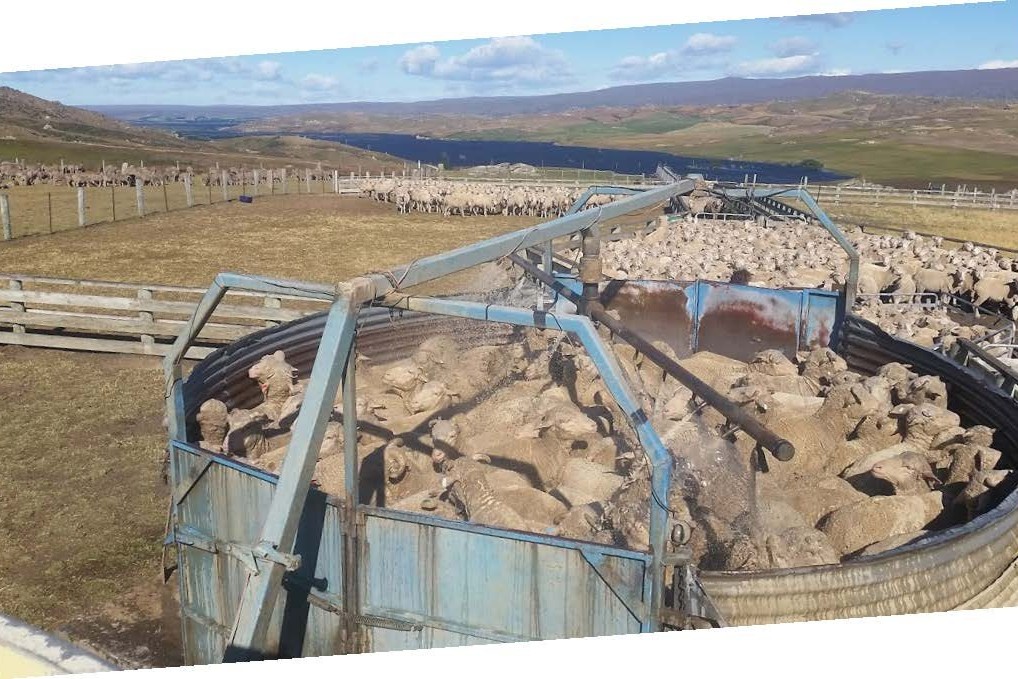Ineffective treatment rising
By Joanna Grigg

After 54 years in the lice control game, contract dipper David Ludemann, has seen a few trends come and go. David operates a Creelmin shower unit, dipping more than 400,000 sheep a year, mainly in North and East Otago.
He has seen an increase in flocks where lice treatment has not been effective. This is for two reasons; poor application methods and potential tolerance of lice to the chemical used.
“The chemical tolerance issue has a real question mark on it, though, especially as we don’t have the research to confirm it.
“Australia has got a major problem with lice tolerating chemicals, and we tend to follow them with breakdowns in insecticide efficacy.”
In a recent example, he had been called in to shower-dip sheep, following unsuccessful pour-on treatments that had been used for some time.
“I get these types of calls following treatments, either by pour-on or jetting, using insect growth regulators mainly.”
The 2019 Managing Flystrike and Lice booklet reported that Australian lice have widely recorded resistance to both triflumuron and diflubenzuron. These treatments are largely abandoned. The BPUs aim to kill immature lice via pour-on or jetting. Spinosyn, applied via saturation/jetting or pour-on has no recorded resistance and has a low threat to mammals, birds, fish. It could be part of a rotation strategy, where dissimilar chemicals are used from one treatment to the next.
Ludemann has gone back to using an organophosphate-based product, Seraphos, as a step in a chemical rotation.
“It gives a lot better control of lice but I don’t know how long we can use this.”
Resistance by lice to organophosphates is very rare, making it an effective treatment option.
His tips for successful control include dipping all the stock on the farm at the same time.
“Don’t leave the old works-ewes or those few lambs in the corner paddock undipped.”
He says using enough water for full saturation is also vital. Some jets are using less than two litres per sheep but his
shower system will get about seven litres on each sheep. Each animal gets a good three to four minutes in the shower dip, depending on the length of wool.
Chemical dilution is important to get right. Stressed water (contaminated with faeces, soil, urine and grease) needs to be changed.
His clients have Halfbred sheep mainly, although there are some Merino, Romney and Crossbred flocks. Last season, another 60,000 ewes were shower-dipped by Ludemann. He was called in to treat these mobs because previous treatments via pour-on or jetting hadn’t sustained effective control.
Dipping costs between $1 and $3 per head but at least the farmer knows it is being done properly, he says.
“When you look at the price of fine wool, it’s a small investment.”
Farmers are encouraged to work with neighbours, to get effective community control.
“To a point farmers work with their neighbours, but not as much as they used to.”
• David Ludemann was a contributor to the 2019 Managing Flystrike and Lice Guide, published by Beef + Lamb NZ, and the NZ Veterinary Association. This is a free resource for farmers and found online.





